| Product variants | NEO-D9C-00A | NEO-D9C-00B |
| Interfaces |
| UART x 2 | √ |
| USB | √ |
| SPI | √ |
| I2C | √ |
| Electrical data |
| Maximum supply [V] | 3.6 |
| Minimum supply [V] | 1.65 |
| Environmental data,quality & reliability |
| Maximum temperature [°C] | 105 | 85 |
| Minimum temperature [°C] | -40 |
| Features |
| Active antenna / LNA supply | √ |
| Additional SAW | √ |
| Internal oscillator | √ |
| Programmable flash memory | √ |
| RTC crystal | √ |
| Dimensions |
| Dimensions [mm] | 12.2 x 16.0 x 2.4 |
| Services |
| PointPerfect | √ |
NEO-D9C is a satellite receiver for QZSS L6 high precision GNSS correction services - CLAS and MADOCA. It decodes the satellite signals and outputs a correction stream, enabling a high precision GNSS receiver to reach accuracies down to centimeter level. Depending on the receiver used, preprocessing on an external host might be needed.
NEO-D9C can easily be integrated with high precision GNSS receivers from the u-blox F9 platform portfolio, for a complete solution with little design effort. It grants access to the CLAS augmentation for a free lifetime operation of high precision positioning or a navigation system.
The NEO-D9C ensures high availability of the position output by decoding CLAS data from two QZSS satellites in parallel. By tracking all visible QZSS satellites, NEO-D9C can automatically select the optimal satellites used for the best access to a continuous CLAS service.
NEO-D9C implements u-blox security principles and advanced security features, including signature and anti-jamming mechanisms, thus allowing reliable GNSS positioning in enduser products.
Supporting u-blox receivers
u-blox F9 GNSS receivers support NEO-D9C and the CLAS service. For more information about the u-blox F9 products, refer to the u-blox website.
About Quasi-Zenith Satellite System (QZSS)
QZSS is a Japanese satellite positioning system. With satellites in quasi-zenith orbits, three satellites are visible at all times from locations in the Asia-Ocenia region.
About Centimeter Level Augmentation Service (CLAS)
CLAS provides high-accuracy augmentation to GNSS receivers and is provided for free. The CLAS service is transmitted on the L6 band. The CLAS service adopts a State Space Representation (SSR) of GNSS errors where each individual error source is described separately. The CLAS service is available over mainland Japan.

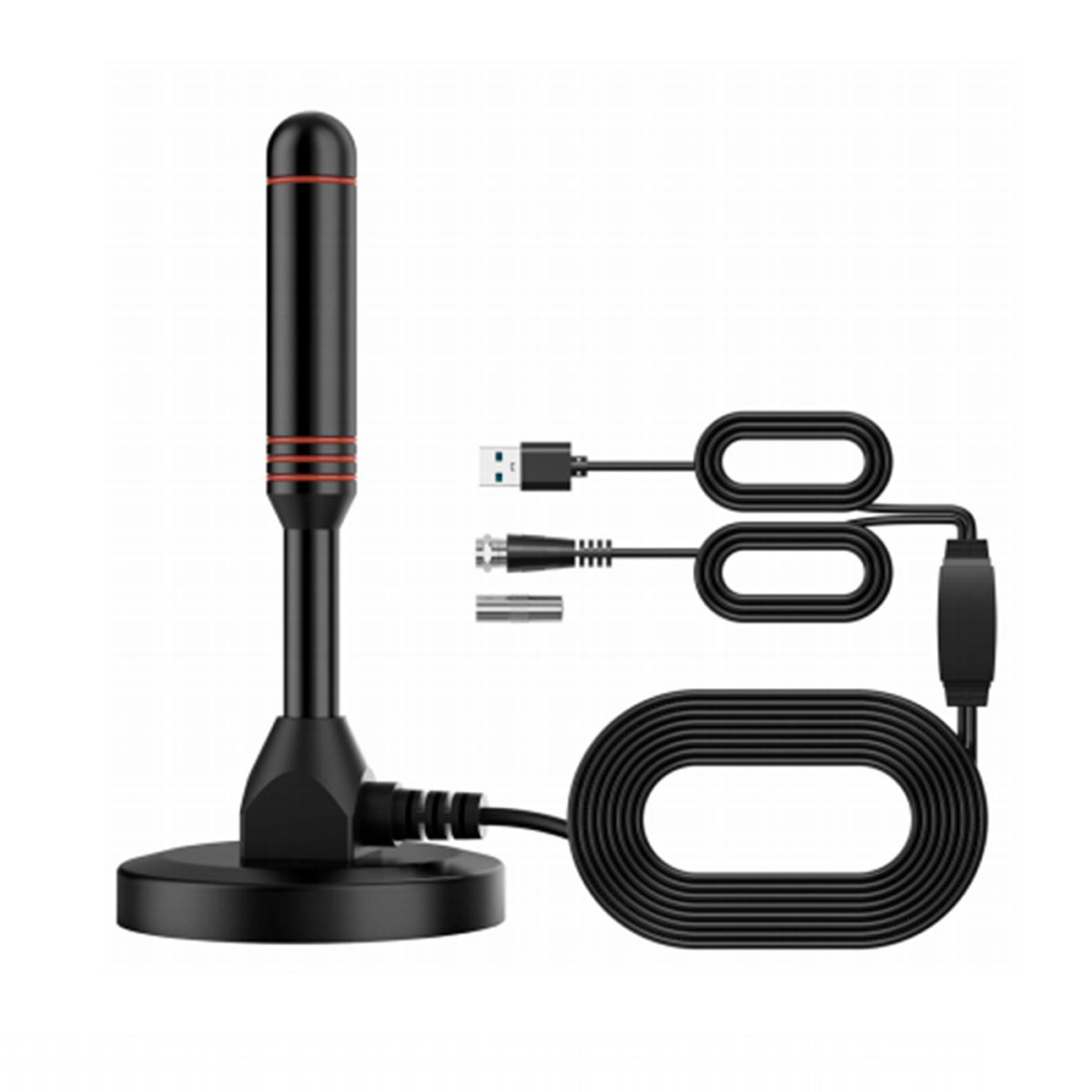
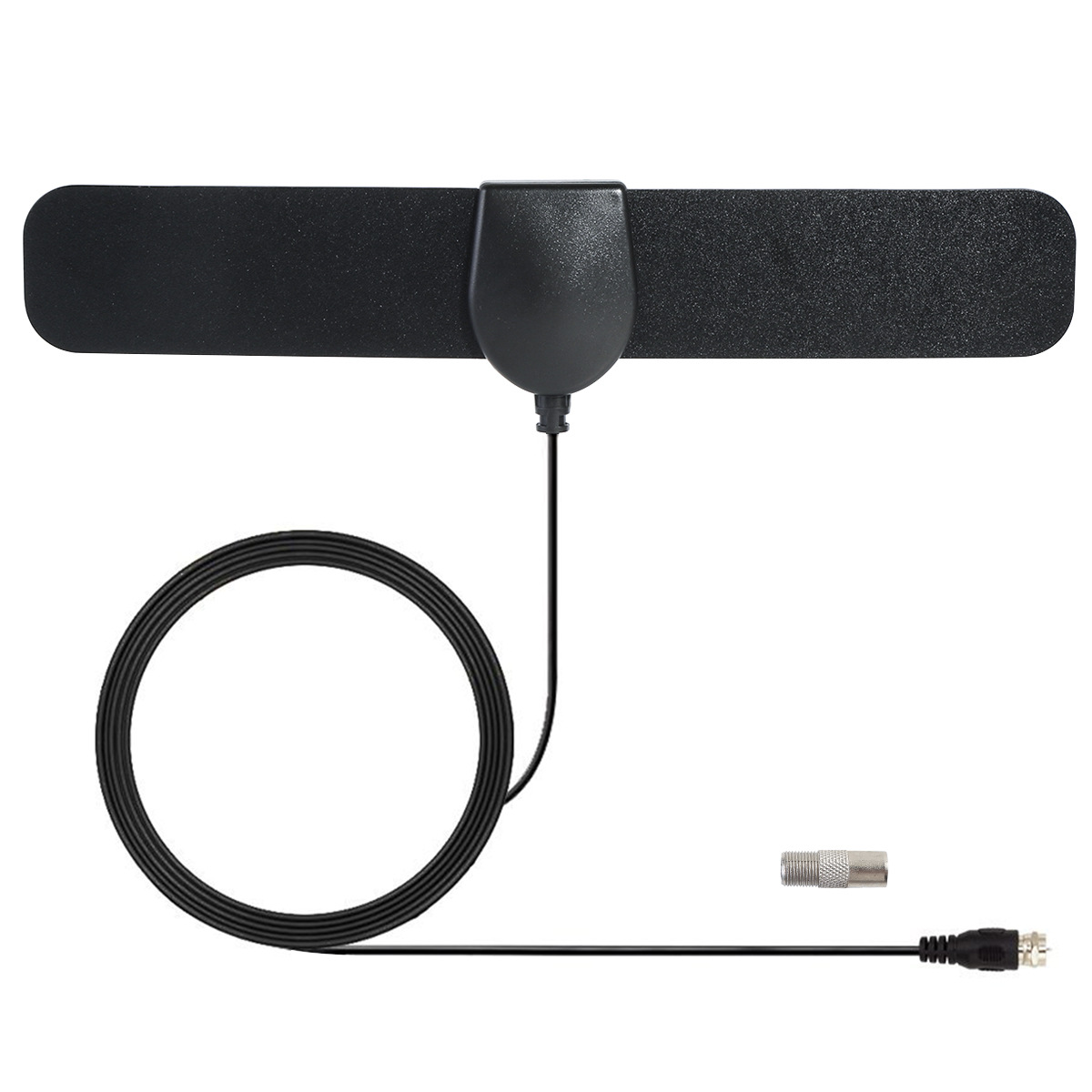
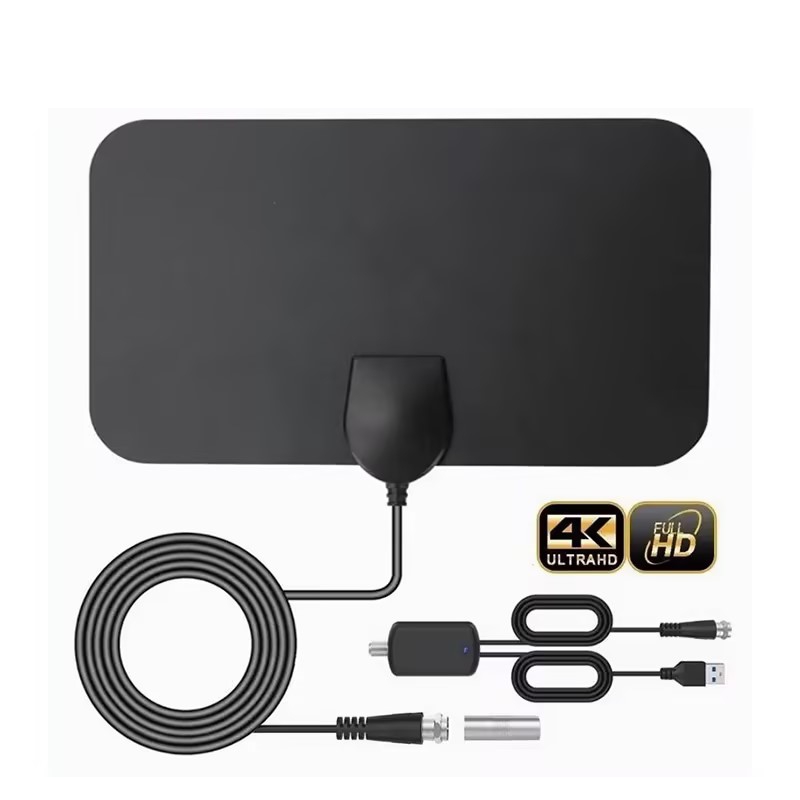


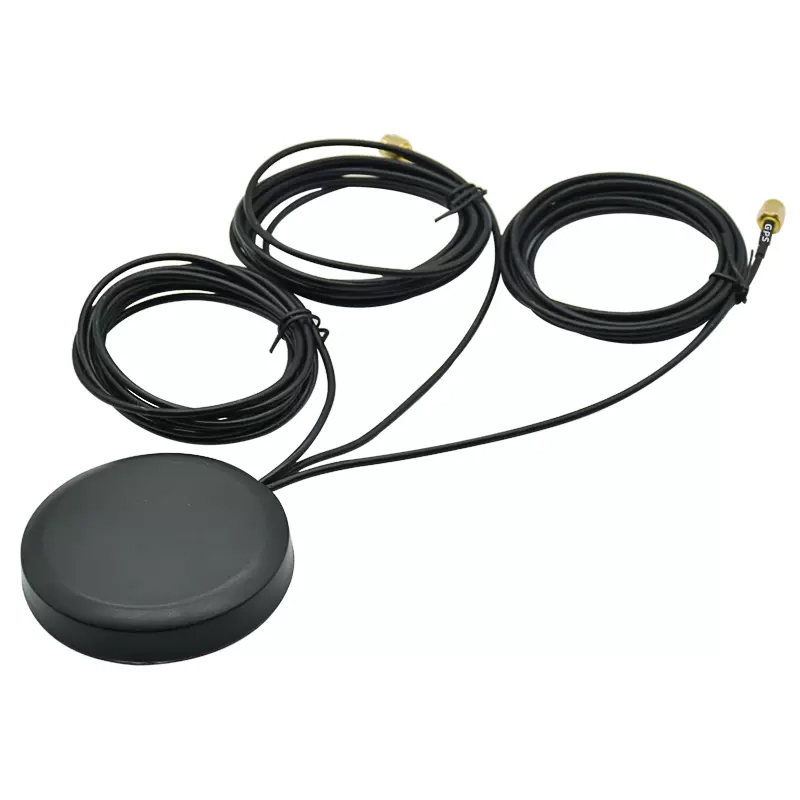
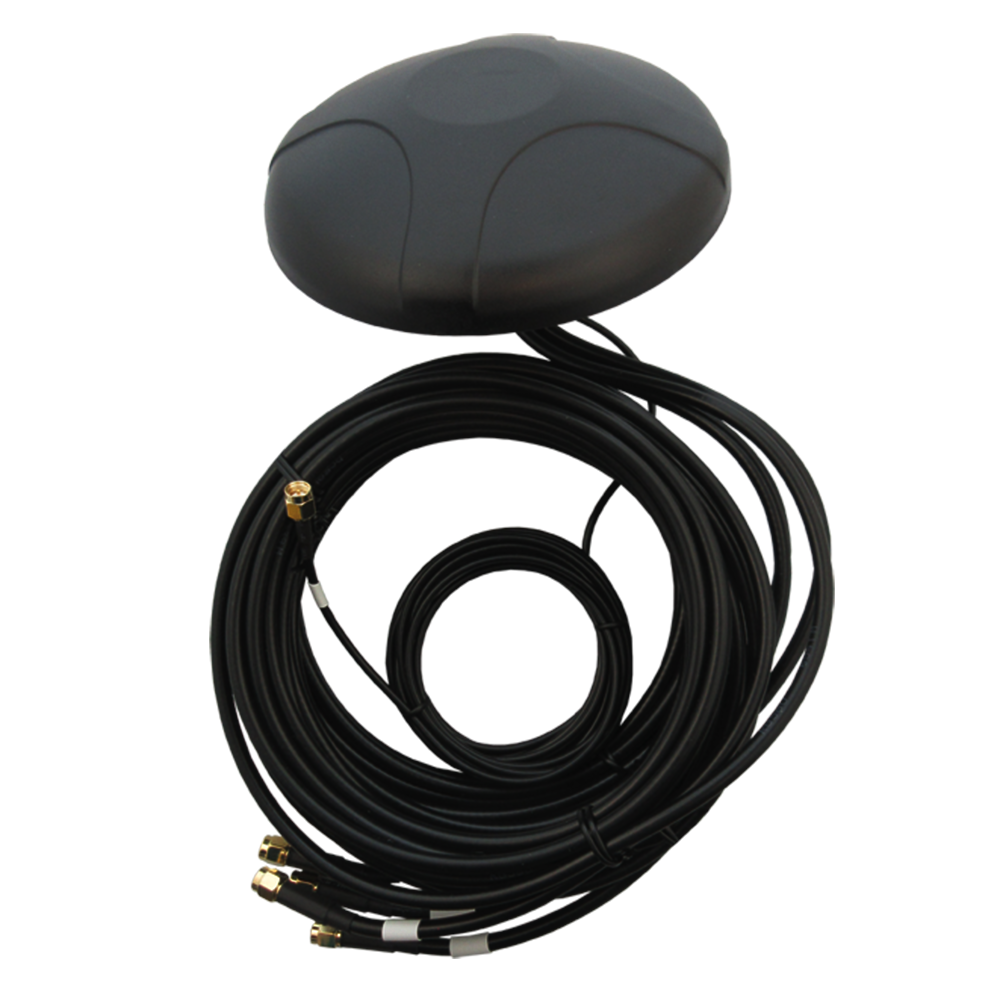
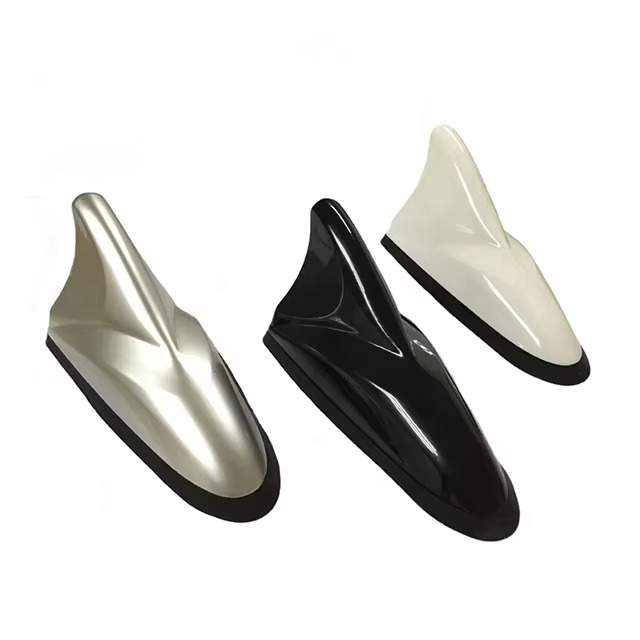
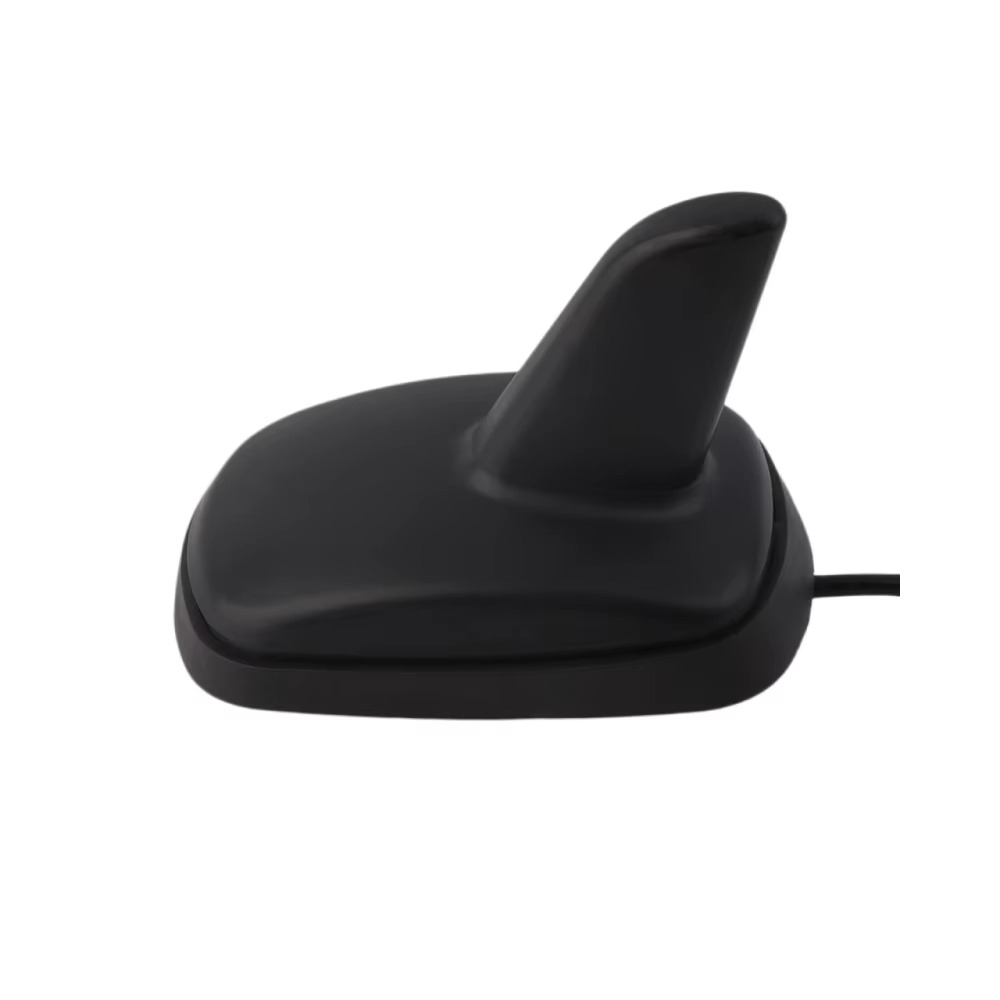
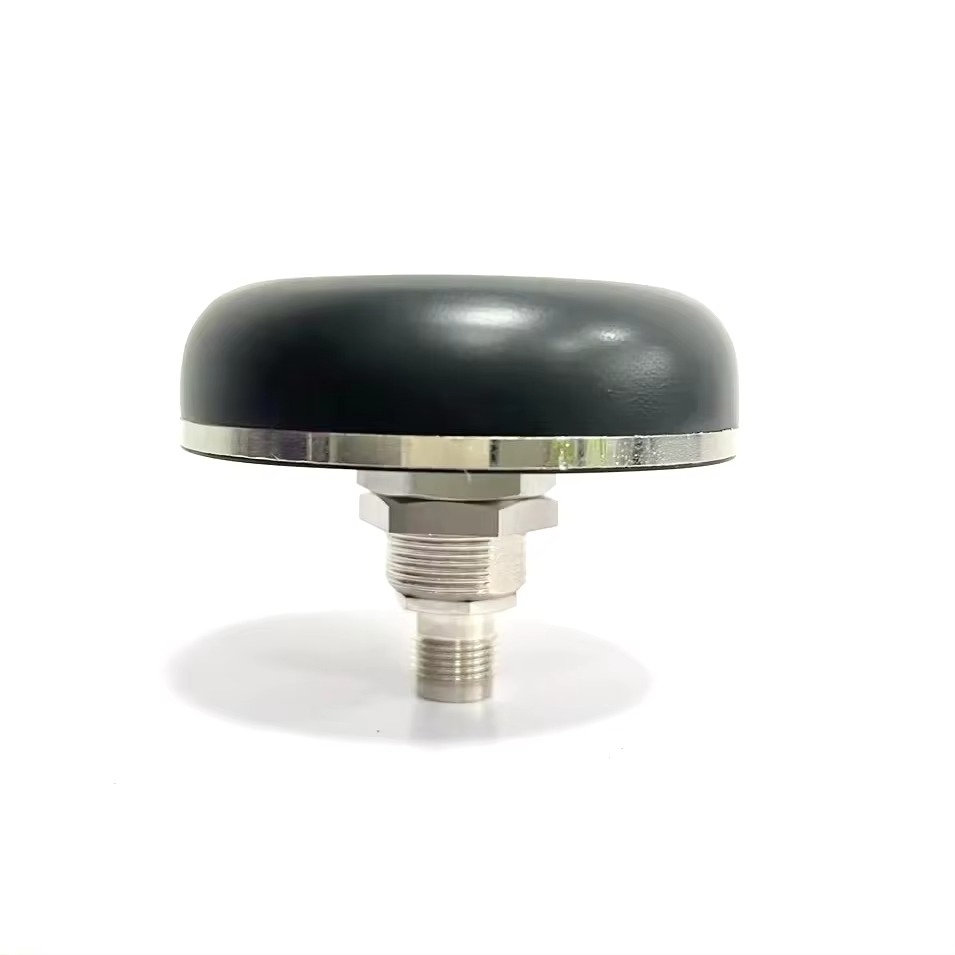
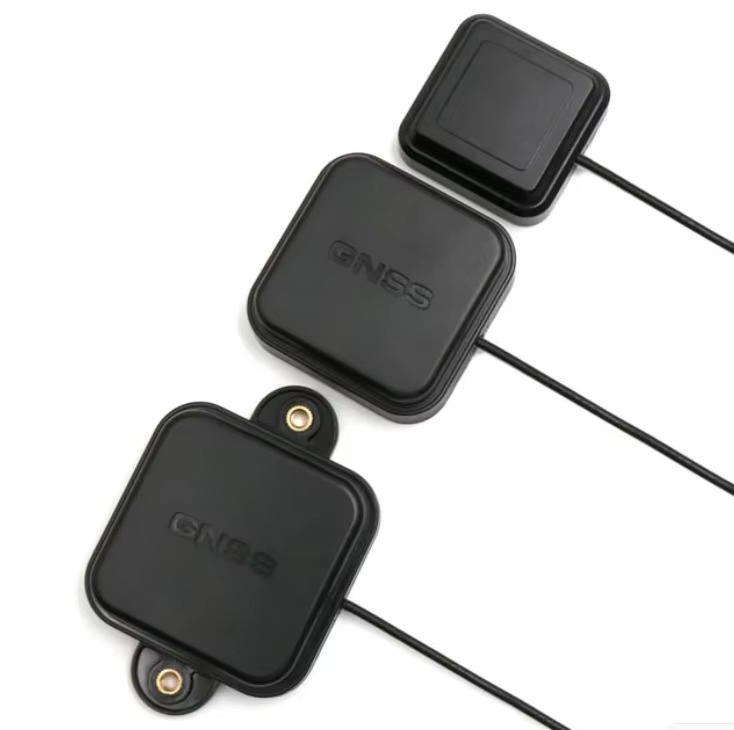

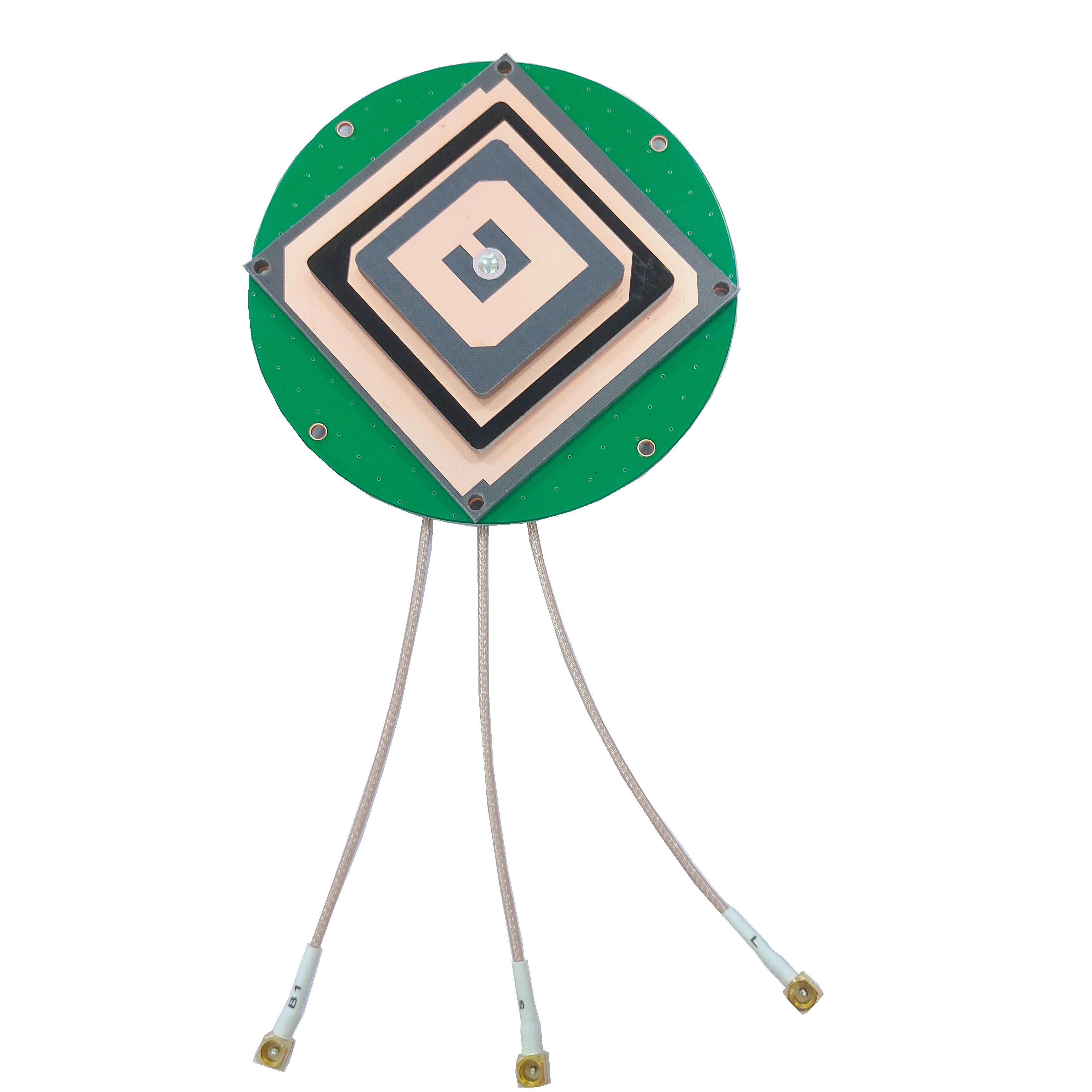
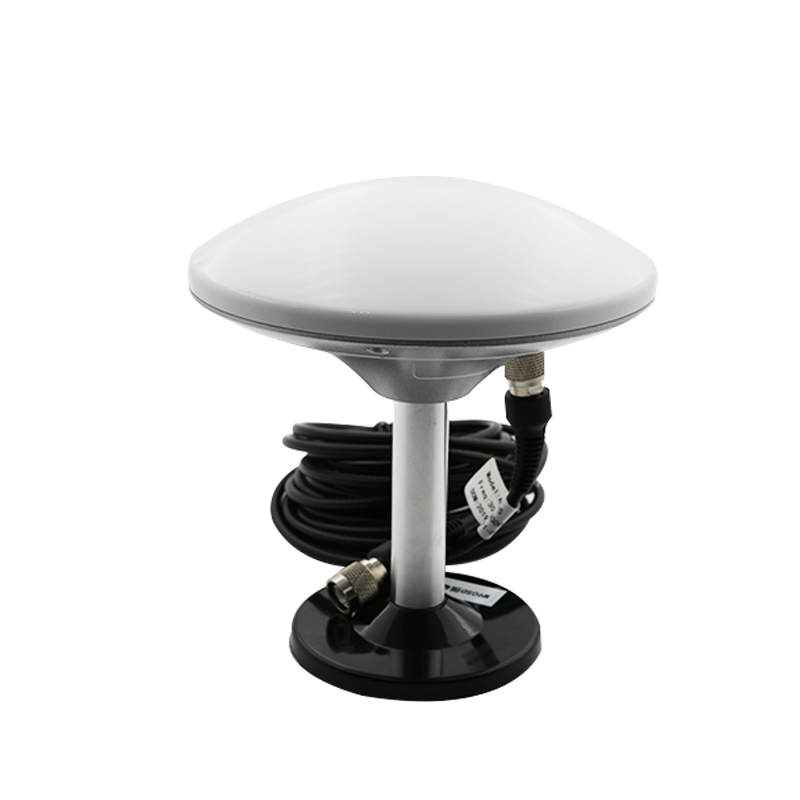
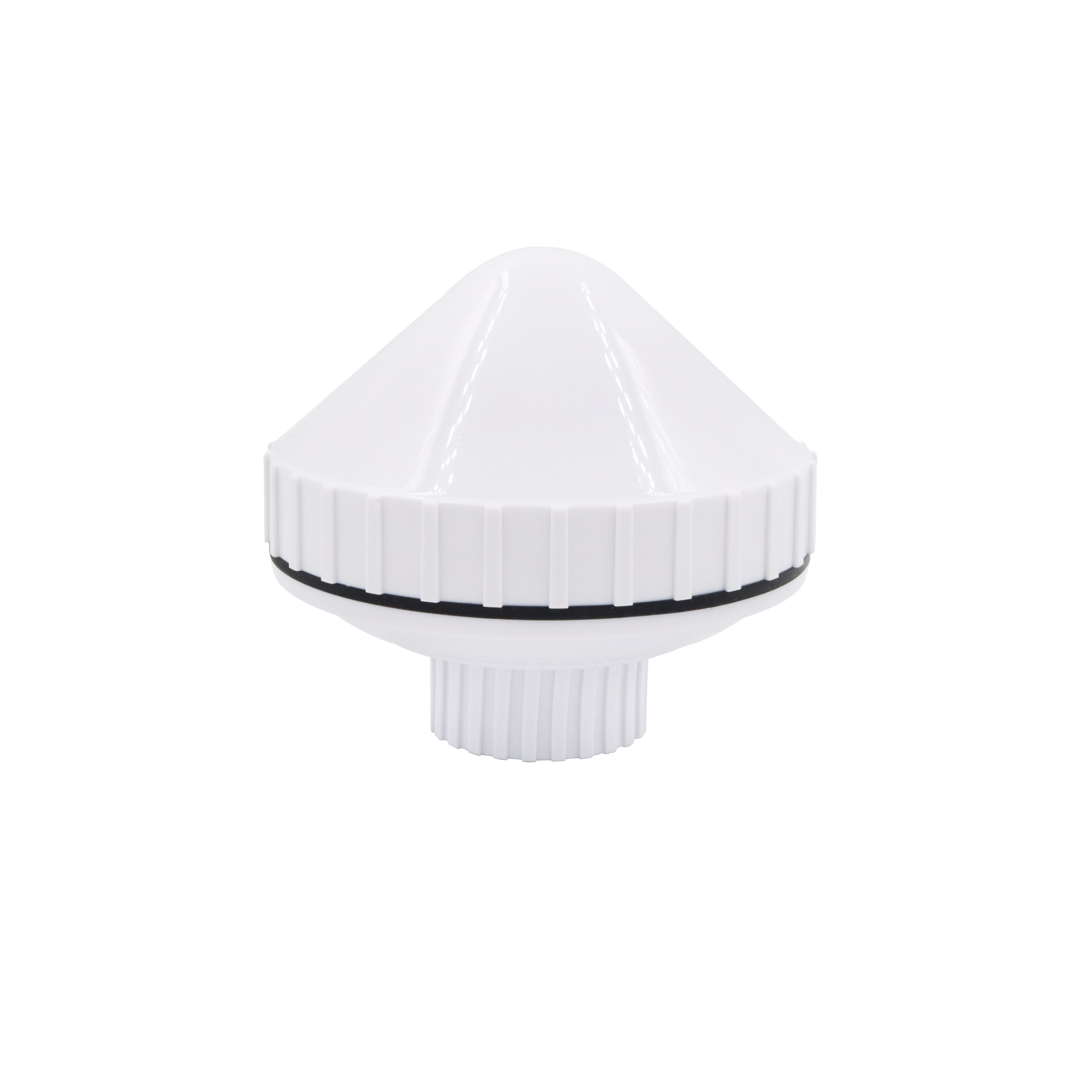
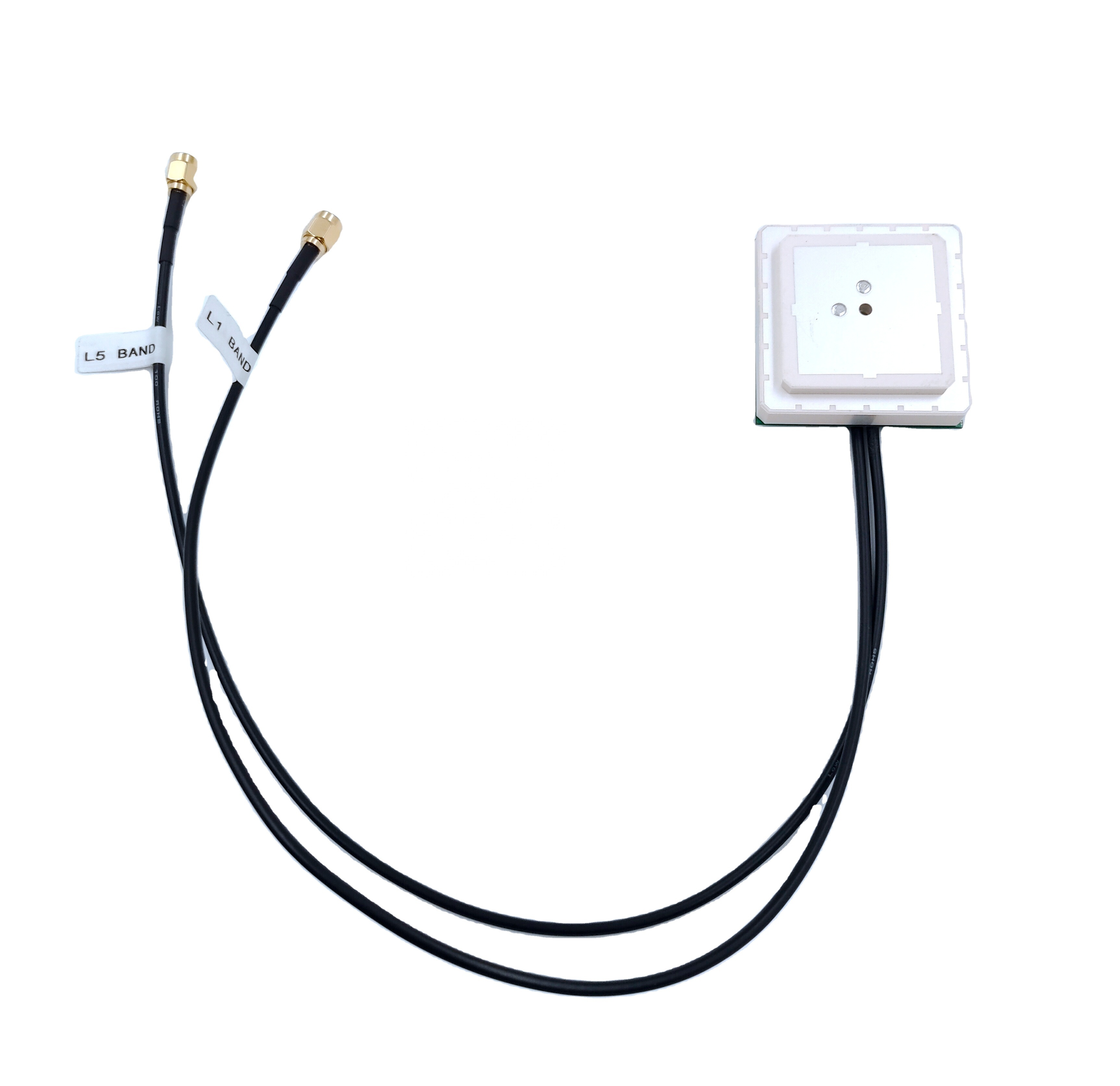
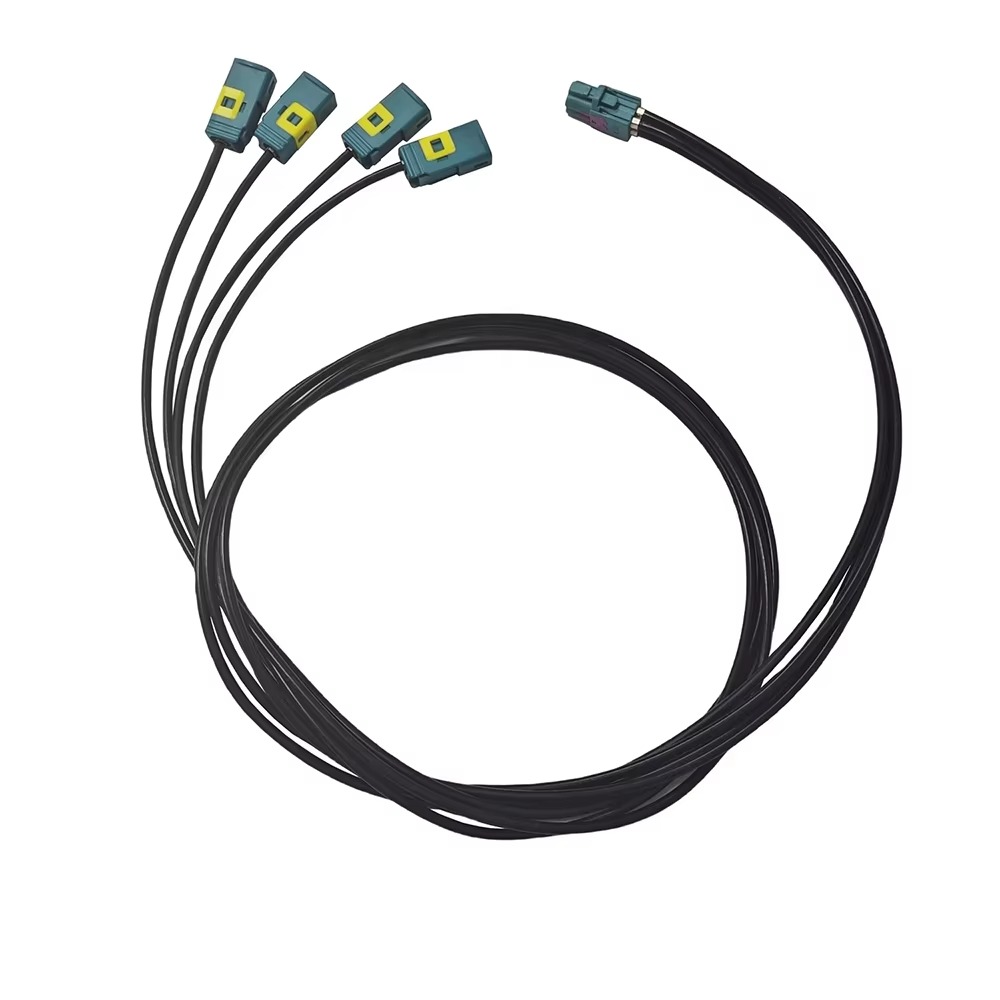
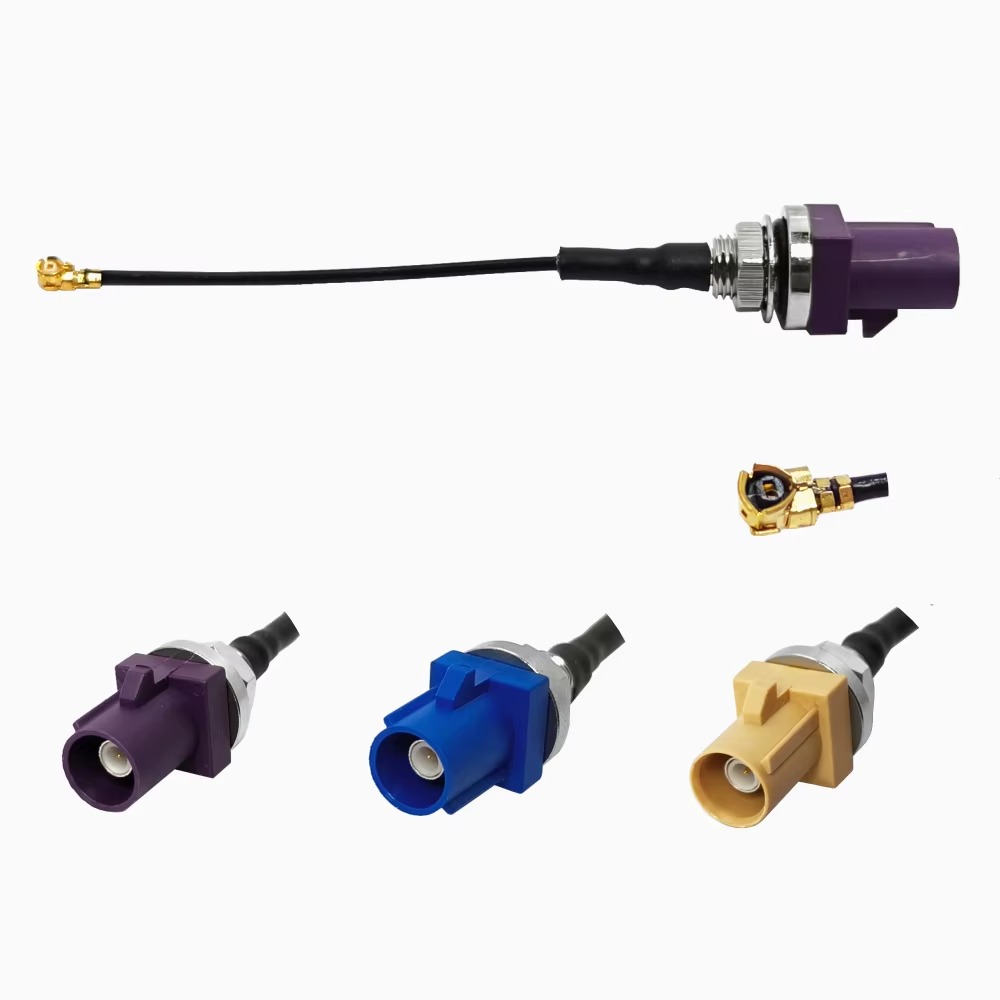
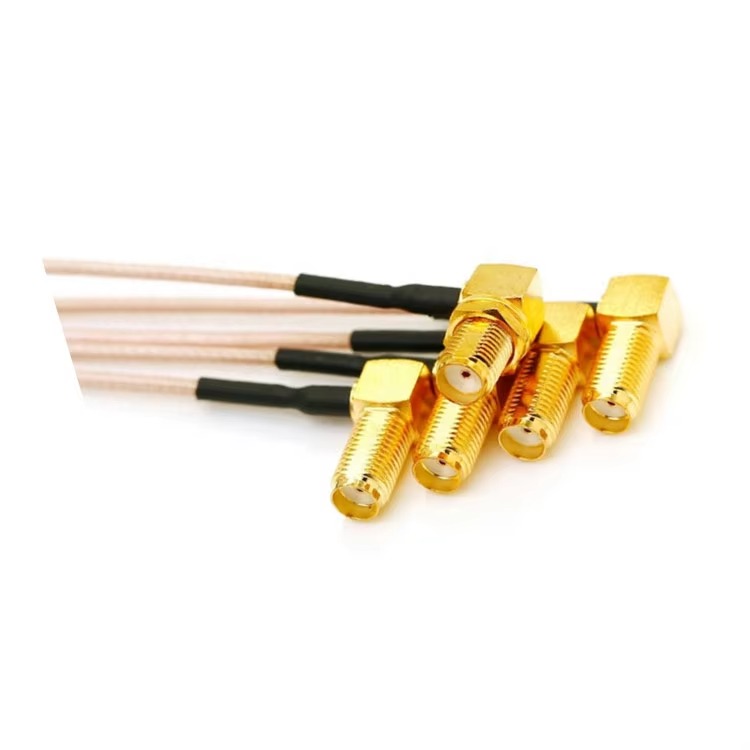
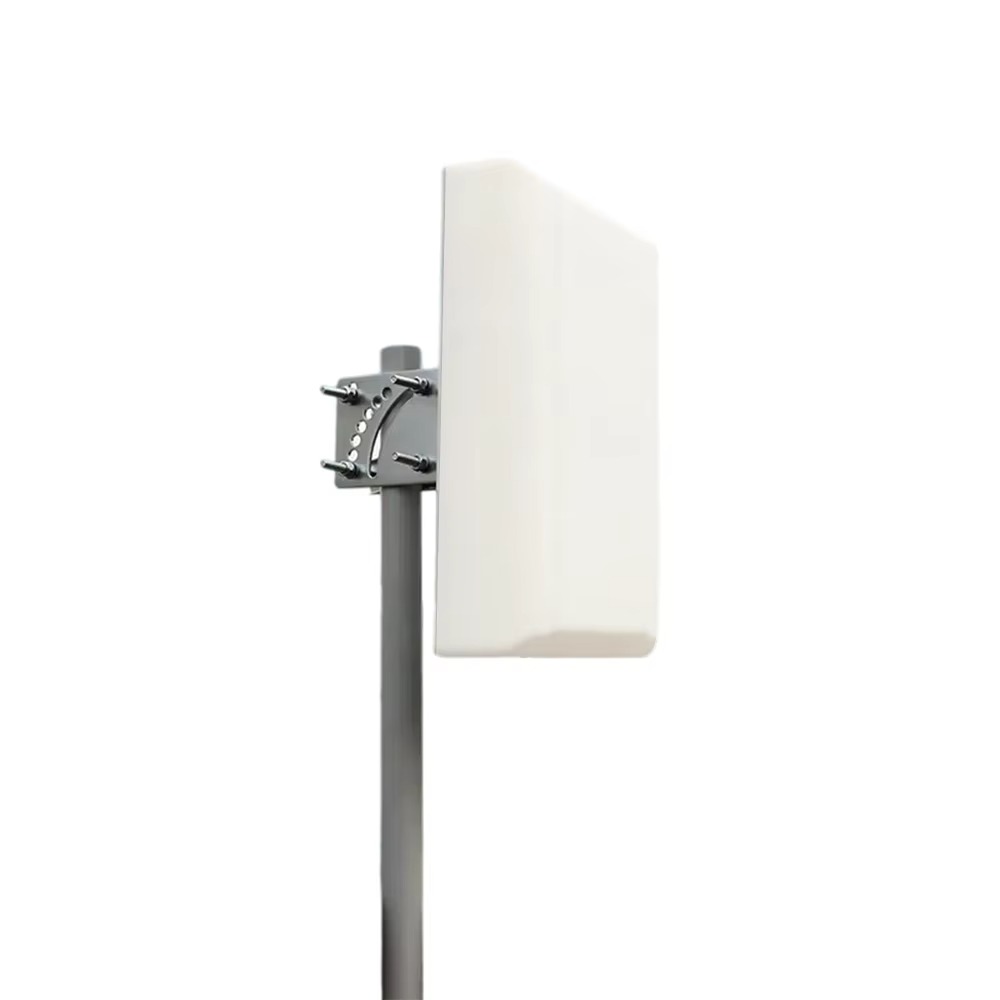
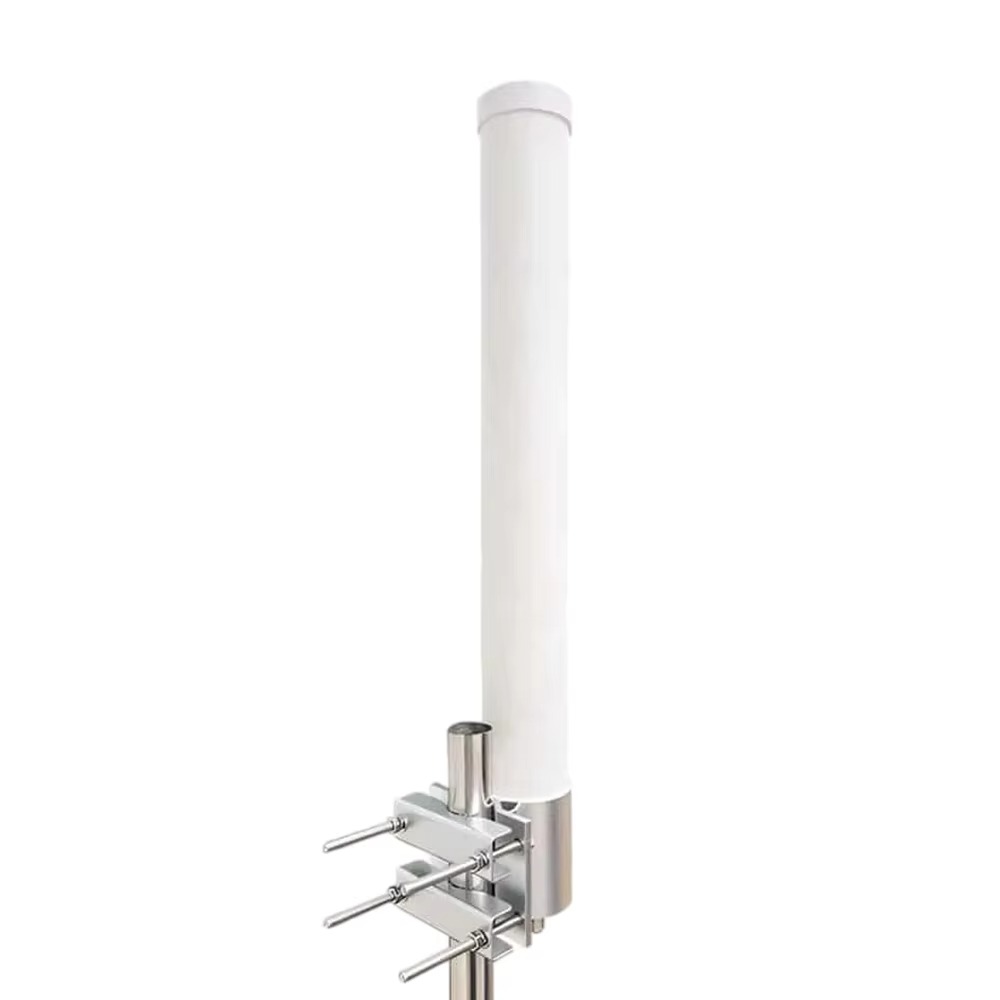
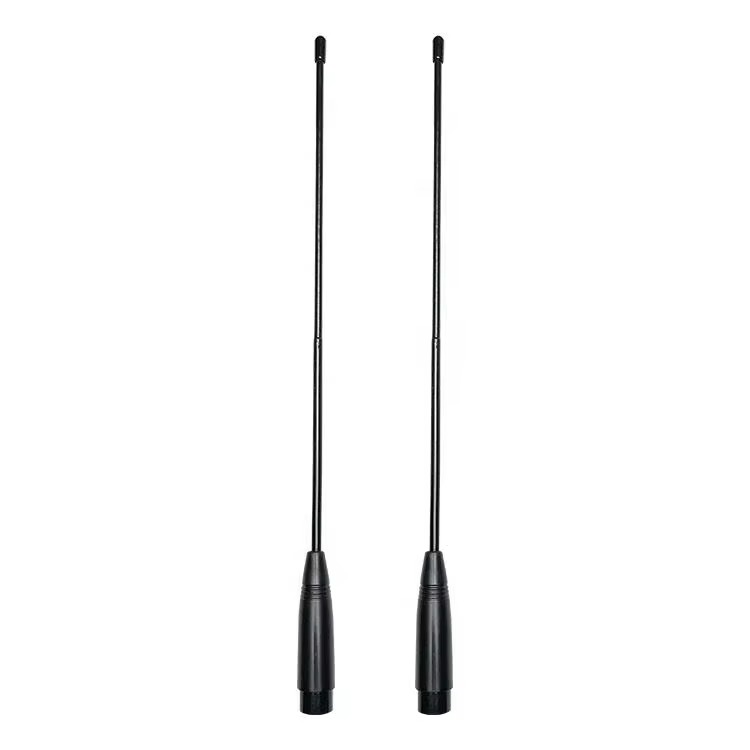













































 CN
CN


 Home >
Home > 

















